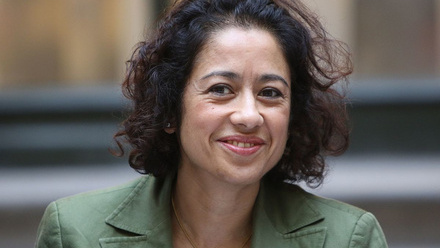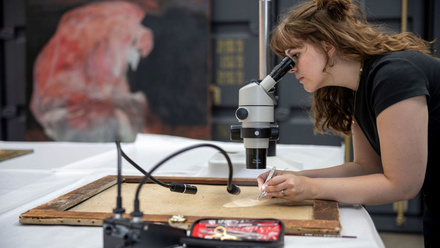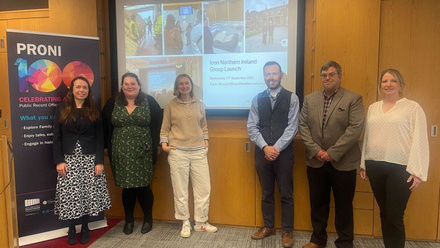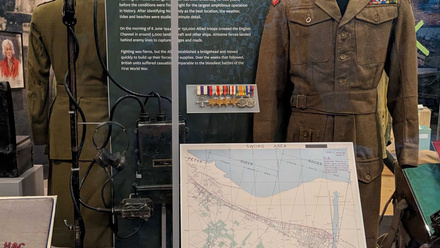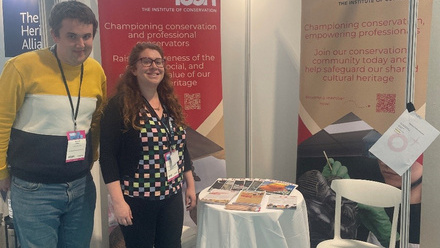Icon is working with Heritage Open Days to raise awareness of the work of conservators, particularly through matching local sites with experts.
Conservation Stations are being set up across the country for Heritage Open Days, where the public will be able to learn about the important work conservators do.
SPOTLIGHT
Visit Arundel Museum for free on Saturday 10 September
Discover the story of Arundel, the Town, the Castle, the River and its People. Visit the Museum for free for one day as part of the national Heritage Open Day festival on Saturday 10 September (open 10am - 4pm).
On the day from11am-3pm, Icon member Dale Sardeson will be working on the Museum clocks.
Find out more on the Heritage Open Days website here.
Horological Conservator Dale Sardeson writes about why you shouldn't miss the Conservation Station at Arundel Museum:
What's your current role?
I’m a horological conservator based in West Sussex. Originally from the East Midlands, I moved down to train at West Dean College, and stayed in the area afterwards when I was able to base myself in the workshop of JE Allnutt & Son in Midhurst (after I had done some work experience there whilst training). I now split my time between working for Allnutts, and working as a freelance conservator and consultant, which I really enjoy because it means I get to work with a huge variety of clocks and clients. My general day-to-day consists of bench-based clock servicing and remedial conservation, but I also travel about a fair amount to do onsite condition surveys and maintenance for small institutions and National Trust properties.
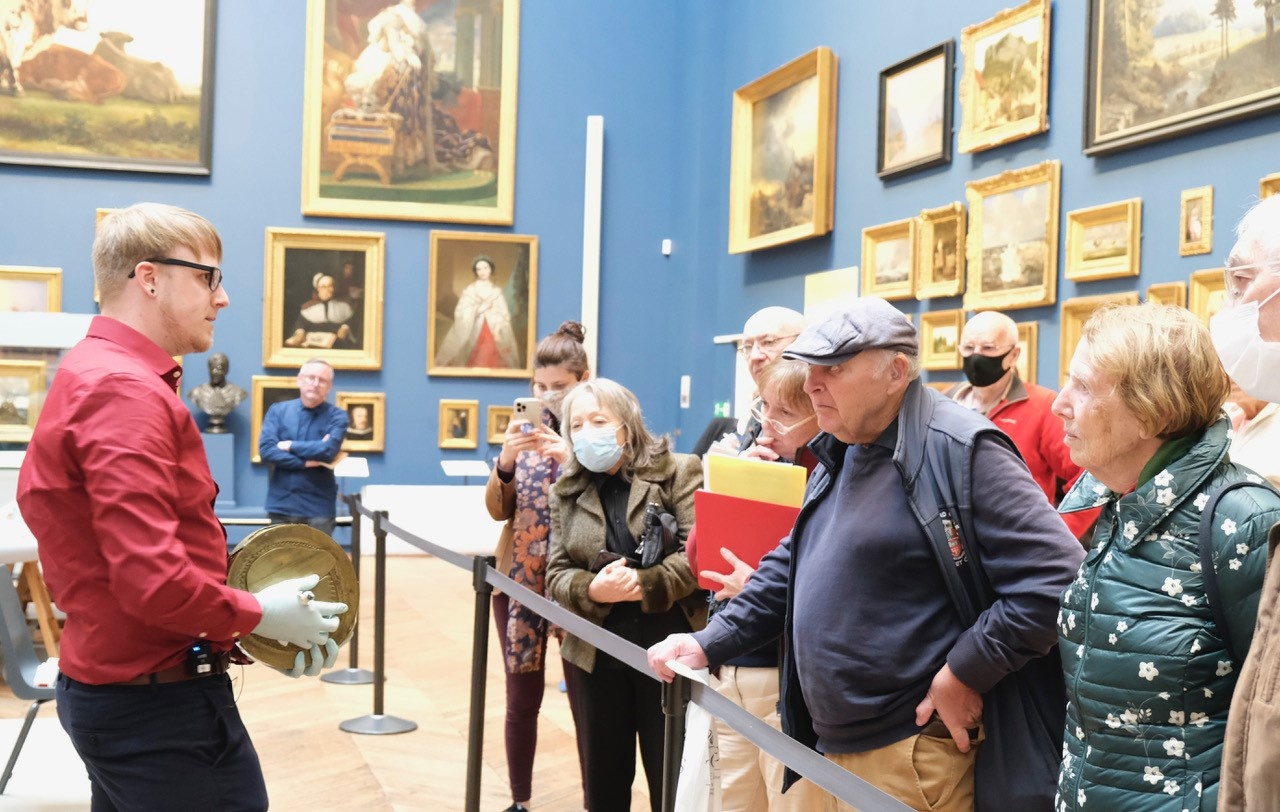
How did you choose your specialism?
I actually came to conservation via my specialism, rather than the other way around! I didn’t know the first thing about conservation when I started at West Dean, I just knew that I was interested in clocks and watches, and I wanted to learn how to make and fix them. So I started on the Historic Craft Practices course, learning the basics of horological manufacture. When we moved onto the essentials of repair work in the second year it was taught within a framework of conservation ethics and decision-making. The more I learnt about conservation, the more interested I got in that side of horology and I soon realised that was the direction I wanted to head in. I took a bunch of extra conservation science classes in my second year and then stayed on for a third year to complete a Conservation Studies MA.
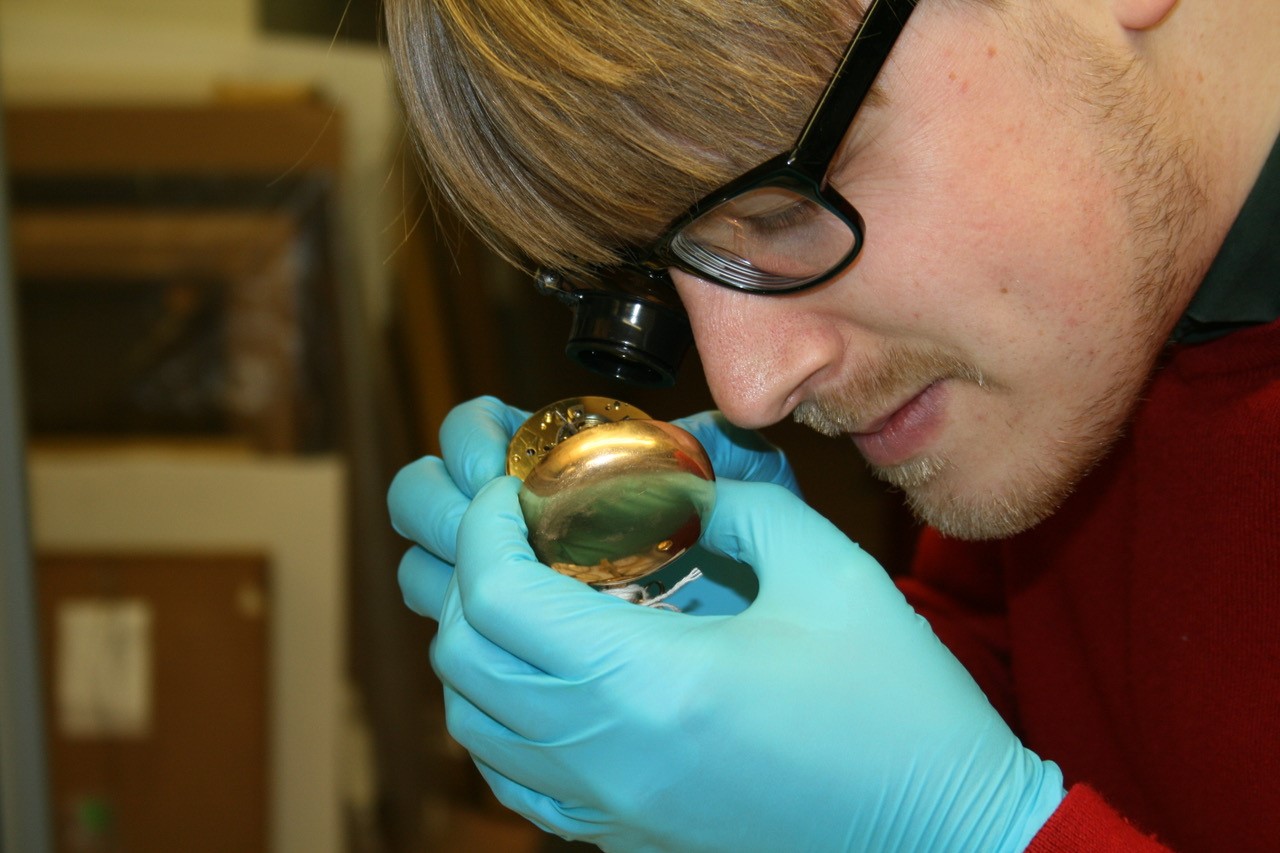
What’s your favourite thing about working with antique clocks?
That’s a hard question to answer! Probably the variety - in the same week I can move between 17th Century London-made Huguenot craftsmanship, to 20th Century German mass-production! It’s really interesting to see a huge variety of solutions to technical issues across the centuries.
What will you be doing at Arundel Museum for Heritage Open Days?
I’ll be partially disassembling the clocks in the Arundel museum collection so that I can properly assess their condition, and probably perform a bit of light in-situ cleaning and maintenance. There’s not a huge range or variety of clocks in their collection, but what is quite nice about them is that there are two or three from the first half of the 19th Century that were all made in Arundel itself, by a local maker, Thomas Walder.
This will be a rare chance for museum visitors to see the clock mechanisms out of the cases.
You can appreciate clock cases from an aesthetic perspective, but it’s only when you get to look behind the dial that you really understand the technology and engineering prowess of the historic craftspeople who made these clocks. Hopefully it will give visitors a bit of an insight into what goes into keeping these antique machines ticking for possibly hundreds of years. It’ll be nice for me too, as clock conservation can often be quite an insular job, so it’s good to have the opportunity to engage with people and chat about my work for a bit!
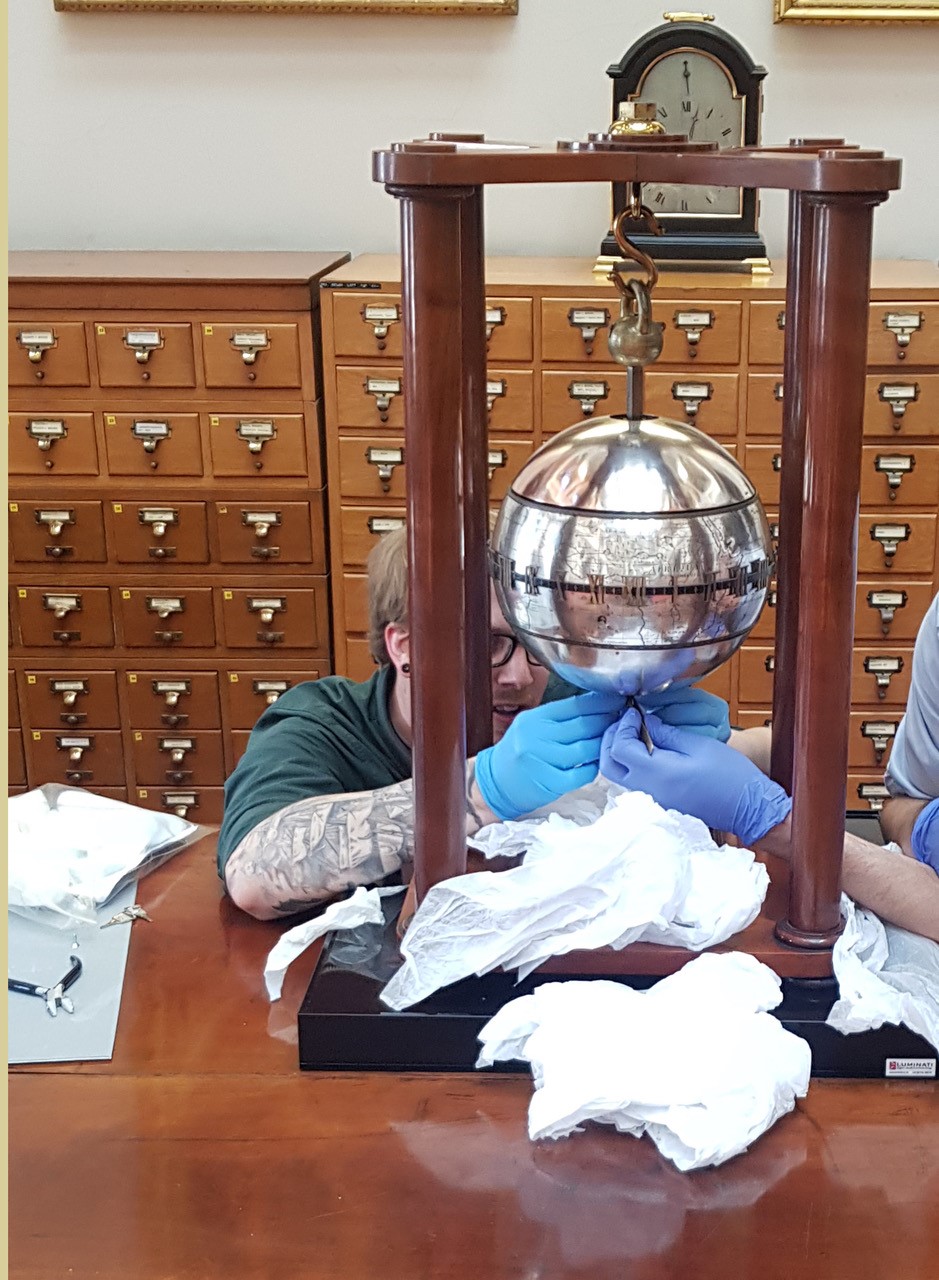
You can follow Dale on Instagram @dalesardeson, and check his website at www.sardesonhorology.com.


